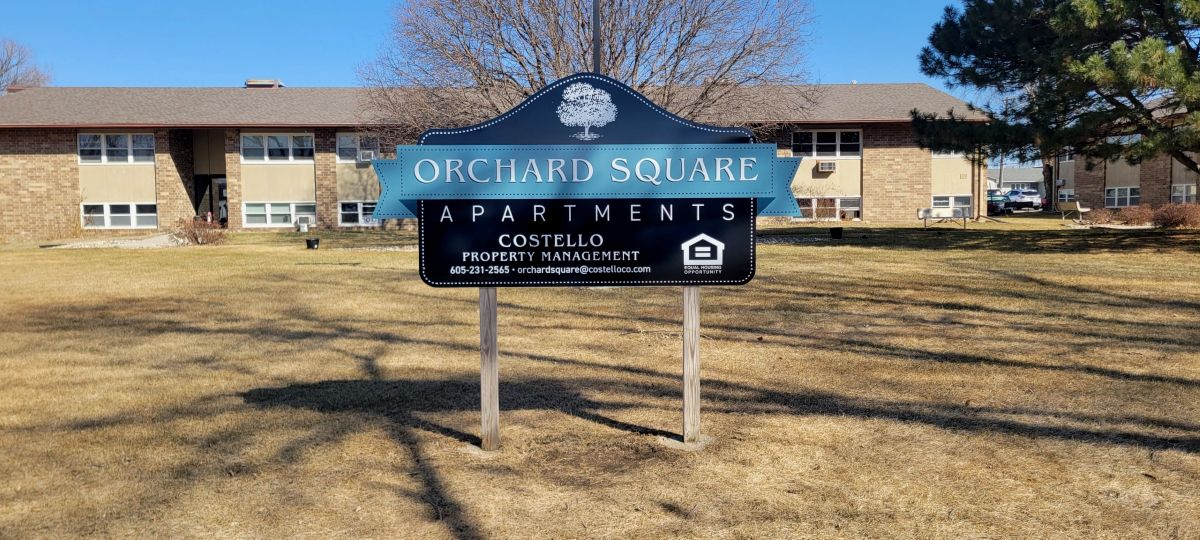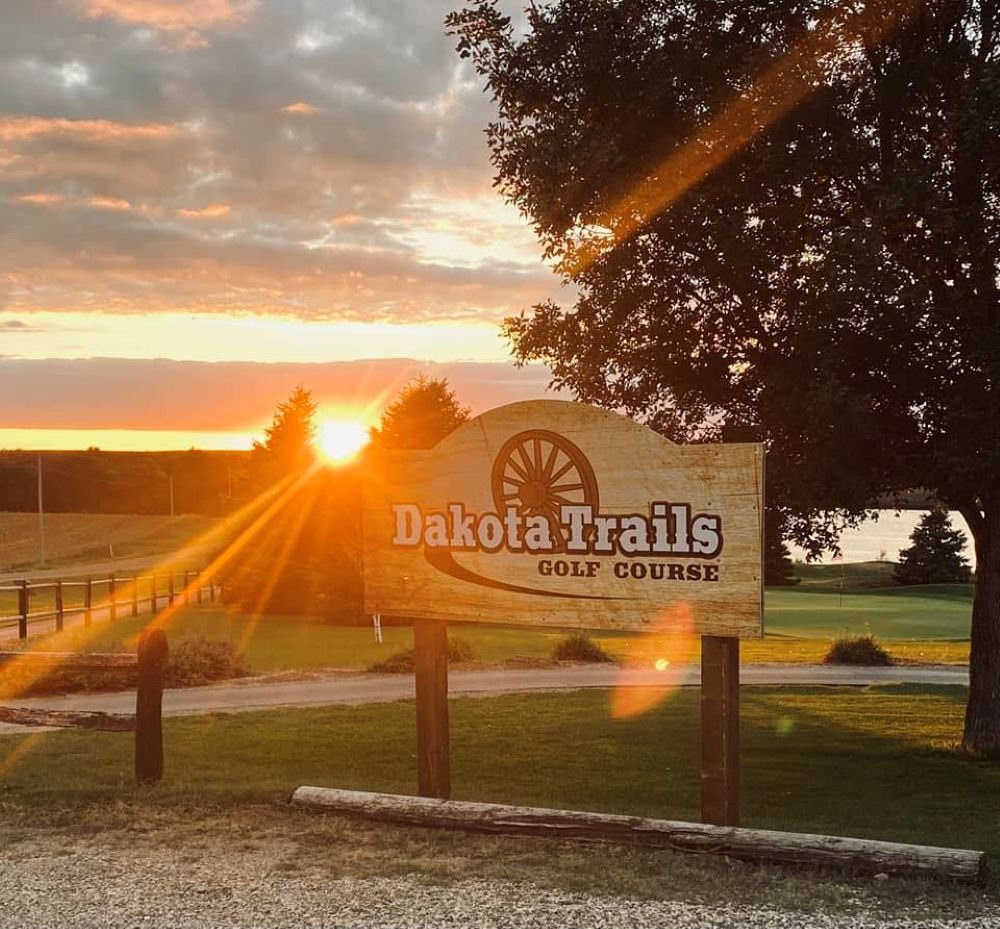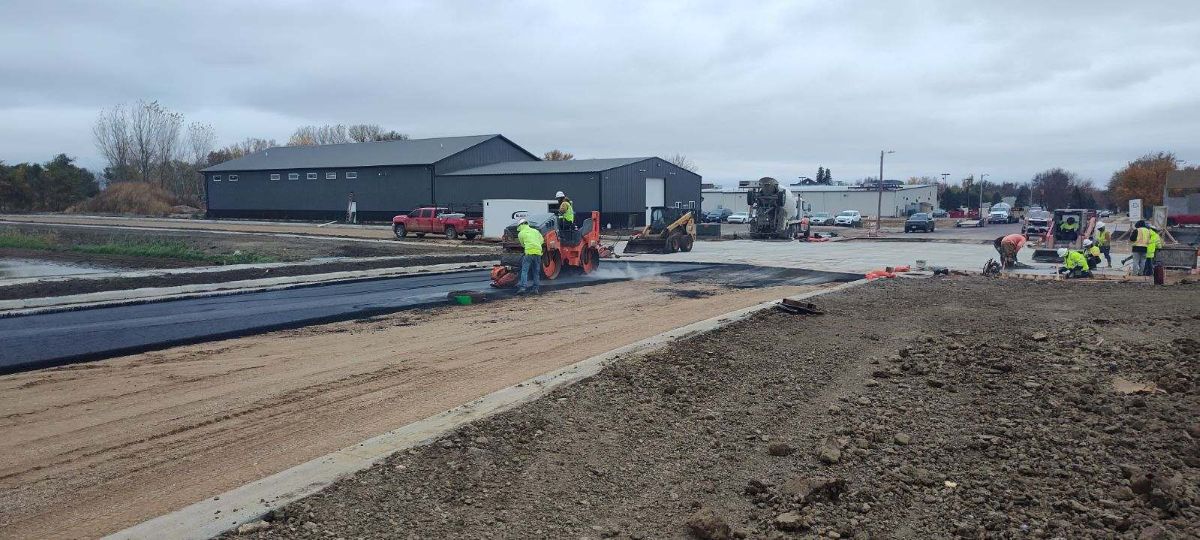
188
Business & Industry

20 Aug 2025
News
The Rural Electric Economic Development (REED) Fund recently approved two loans to expand childcare access in South Dakota. Crooks Community Child Care Center received $1.2 million, and The Knapp & Play Learning Center received $125,000. Both loans are equally valuable in bringing daycare options to the communities they serve. The REED board approved competitive loan rates for each provider to make the financing more attainable.
Childcare is one of the most prominent discussions in economic development right now and is also one of the hardest problems to solve. When a community lacks adequate daycare and preschool centers, the stress on parents is felt throughout the region.
“Lack of childcare access keeps parents out of the workforce, which makes hiring harder,” says Eric Fosheim, Economic Development Manager for the REED Fund. “It also reduces a community’s spending power and slows population growth as families travel to other areas with daycare openings.”
The two most recent projects approved by the REED Fund will support their communities for decades to come. Learn how REED supports childcare investment to build up its South Dakota communities.

Residents of Crooks, South Dakota, now have a brand new childcare facility thanks to an expansion project by Crooks Community Child Care. Half of the project was funded through a private bank loan, and the other half through a $1.2 million loan from the REED Fund in partnership with its local electric cooperative, Sioux Valley Energy. This expansion project increased Crooks Community Child Care's capacity from 42 kids to a maximum of 150.
“I’m very happy with where we are,” says Melissa Peterson, Director at Crooks Community Child Care. “We started with slow growth earlier this year, and have experienced high demand for daycare services this summer. It was nice to establish our processes and get acquainted before the rush.”
Crooks Community Child Care is a non-profit organization that has served its community for 22 years. In its old location, the childcare center had an exceptionally long waitlist and struggled to meet the needs of local families. Now, the center can accommodate kids of different age groups and provides a safe, healthy environment to learn and grow.
“Without childcare, parents can’t go to work,” says Peterson. “Kids also benefit by developing social skills and making friends, so they have an easier time transitioning to kindergarten.”
Research shows that 90% of the brain develops before the age of five, which means daycare and preschool experiences can significantly impact kids. Crooks Community Child Care has a preschool program to prepare kids for the K-12 environment and also provides a safe learning environment for younger attendees to develop their fine motor skills and foster their imaginations and curiosity about the world.
Crooks Community Child Care recently opened its new playground and hopes to install turf later this year.
“We recognize the importance of quality childcare for rural communities,” says Tim McCarthy, General Manager and CEO at Sioux Valley Energy. “Whether or not a family can find childcare in a community can really make or break their decision to live there. This is an essential issue for both our employees and our members. The cooperative is pleased to be able to support community projects such as the Crooks Community Child Care center through its REED fund.”

The second loan issued by the REED Fund is $125,000 to support the creation of the Knapp & Play Learning Center (KPLC) in Day County. The loan is part of a $550,000 fundraising campaign to convert an existing building into a new daycare center. Of that, $450,000 was used to renovate the structure. This will be the only licensed daycare facility in Webster.
The KPLC was made possible through a building donation by Harry and Denise Knapp. When Harry retired, he gave the building to the Webster Area Development Corporation (WADC) with the goal of using it to support the region's daycare needs. The WADC is converting it into a childcare facility accommodating up to 45 infants, toddlers, and kids.
“All the contractors we hired to work on this project are local, with the exception of the team that installed the fire sprinkler system,” says Kathy Meland, Board Chair of the KPLC. “Several companies offered help if it meant bringing a daycare to Webster.”
Meland says the KPLC is not competing with in-home childcare providers across Day County. Instead, the organization responded to Knapp’s wishes for the building and saw a need for daycare in the region. Like many communities, there’s a lack of in-home providers, and some people who offer care would like to retire or explore other careers. This center provides another option for local families.
Along with the REED loan, funding for the renovation was made possible through donations from local businesses and community members. The Hanse Foundation contributed $100,000 toward the project. This organization was created in memory of Phyllis Hanse, a piano teacher who donated $4.2 million to support Webster's youth when she passed away.
“We’ve had several huge wins in bringing childcare to Webster,” says Meland. “The building was donated, the Hanse contribution was significant, the REED fund loan was approved, and local businesses and contractors offered support. It’s all come together quite well.”
When it opens this fall, the Knapp & Play Learning Center will operate as a non-profit daycare and support the 1,800 residents of Webster and greater Day County.
Childcare access is a national issue, as most parents lack formal daycare or preschool options for their young children. As of 2022, 35% of parents say they don’t have childcare arrangements for their kids ages 0-4. Another third (32%) rely on relatives for care.
Other parents highlight the struggle to get on daycare waitlists before their kids are even born. One parent said she was on six waitlists by the time she was four months pregnant. It still took her two years to find daycare, and the facility only had an opening for two days per week.
Local leaders and economic development teams are starting to realize how vital childcare is and how significant a lack of access can be. The most recent issue of the Site Selection Magazine Workforce Guide dedicated a feature to the economic impact of childcare deficits. The statistics are staggering:
This data highlights how inadequate childcare keeps employees out of the workplace, reduces productivity, and limits business operations. Childcare costs can also weigh on parents, accounting for 8.9% to 16% of their annual income ($6,552 to $15,600 on average).

Not only do parents directly benefit from childcare access, but small and large businesses also thrive. Dave Page, General Manager at Whetstone Valley Electric Cooperative, frequently hears from businesses that their employees need daycare options. Almost any daycare that the electric coop calls has a waitlist.
“The small companies make a big difference in a community,” he explains. “And finding access to workers because of adequate childcare has a tickle-up effect. Small businesses can increase production, creating more opportunities for workers. This can grow community populations, which can then attract large companies.”
Creating a place where people have what they need to live supports hiring, which creates opportunities – both big and small. Caring for the youngest residents can help people who have spent decades building their careers.
The stories of Crooks Community Child Care and Knapp & Play Learning Center highlight how each town can work to make childcare options better. The REED Fund will do what it can to approve loans that increase daycare access and support families in the regions it serves.
There isn’t a single solution to this deficit, and that’s a good thing. Along with increasing awareness of the need for more childcare options, each town and county can do its part to brainstorm solutions to help families. Small changes can have big impacts on economic development. Rural communities can maintain their populations and even grow with these investments.
The REED Fund issues loans for various economic development projects, including housing, business expansion, healthcare, and community investment. This is because economic development isn’t a monolith. Towns and cities are made up of several different industries, businesses, and families. Each county has several amenities to support residents and specific needs to help it thrive.
Learn more about other REED Fund projects and start the application process to secure funding for your business or organization. If you have a vision for the future or want to address a need in your community, we might be able to help.


